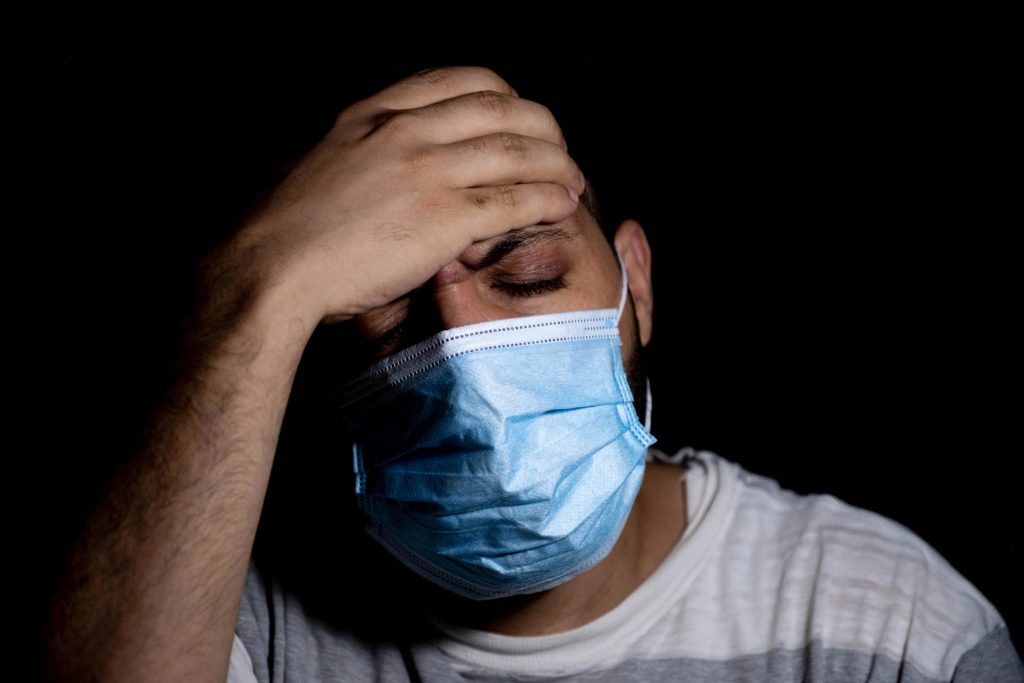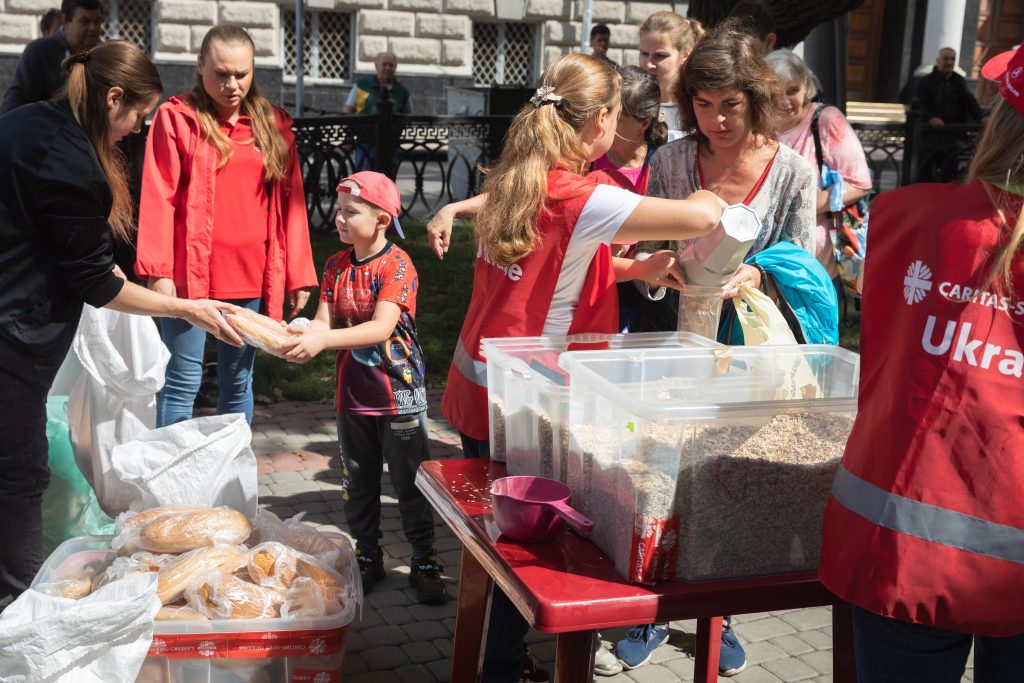
The Lee Fire in west-central Colorado has now consumed more than 167 square miles of land, ranking it as the sixth-largest individual fire in state history. With containment at just 6%, over a thousand firefighters are battling to keep the fire west of Colorado 13 and north of County Road 5. Mountain communities are still under evacuation orders, and on the weekend, 179 inmates were relocated from the Rifle Correctional Center to Buena Vista “out of an abundance of caution,” said the Colorado Department of Corrections. The health officials have sent out air quality alerts for 10 counties, asking the residents to minimize outdoor exposure when smoke is dense.

1. Understanding the Threat in the Present
Spurred by gusty winds, low humidity, and dry fuels, the Lee Fire blazed its way rapidly through Garfield and Rio Blanco counties. The authorities inform that it has been sparked by lightning and has generated its own weather systems, such as a pyrocumulus cloud that reached 30,000 feet in the air. Closer to home, the Elk Fire keeps burning over 23 square miles, contributing to the smoke covering the area. Air quality warnings point to threats for kids, seniors, and anyone with heart or lung issues.

2. Why Wildfires Spike Anxiety
Katherine James, a Colorado School of Public Health associate professor, cautions that “on a day like today with extreme heat, low humidity and wildfire smoke, that makes existing chronic health conditions worse.” Healthy people may also suffer from headaches, fatigue, and mental discomfort. Wildfire smoke has not only been associated with respiratory problems but also with depression, anxiety, and psychological distress. For those who have lived through past fires, the smell of smoke or sound of sirens can trigger intense emotional responses.

3. Protecting Your Physical Health
When indoor smoke levels get high, the best location is indoors with closed windows and air conditioning set to recirculate. If possible, use portable HEPA air cleaners. Don’t do things that contribute to indoor pollution, such as burning candles or vacuuming. If you have to venture outdoors, use an N95 or KN95 mask cloth masks will not screen out fine particles. Shower and change once you get indoors to scrub particulates off skin and hair.

4. Coping with Emotional Distress
Wildfires derange routines, evoke uncertainty, and may leave others helpless. Specialists suggest regaining a sense of safety and calm through preserving day-to-day routines normal meals, moderate exercise, and regular sleep. Reduce exposure to traumatic news broadcasts and break away from social media. “There’s no ‘right way’ to cope with these things,” mental health advice indicates. “We each have to discover the method which suits us, and be tolerant in implementing straightforward, continuing approaches.”

5. Strengthening Community Resilience
Collectively, wildfires are experienced, and that shared experience can lead to solidarity. Neighbors may assist with evacuations, offer resources, or provide emotional support. Volunteering delivering supplies, assisting at shelters, or participating in animal rescue efforts can help restore control and purpose. Social connection is an effective buffer against trauma, so continuing to connect with friends, family, and community organizations is important.

6. Evacuation Preparation
Preparation eliminates panic. Have a “go-bag” packed with the following essentials: vital documents, medications, water, non-perishable food, flashlights, and a spare set of clothes. Register for local emergency alerts and be aware of your evacuation routes. Practice evacuating fast if you reside in a high-risk area so the process becomes second nature. As another wildfire readiness guide states, “The more prepared we are, the less anxiety we will feel before and during the next challenge.”

7. Coping with Climate-Driven Uncertainty
Practitioners such as Elissa Epel, PhD, suggest a “new world” attitude preparing for the unexpected while taking action on what is in control today. That involves weighing safety precautions against minutes of joy and presence, whether in a brief walk in fresh air or time spent with family. Positive attitudes and taking action, from decreasing personal carbon consumption to advocating for climate-friendly policy, can turn anxiety into empowerment.

8. Special Considerations for Special Populations
Children tend to reflect their caregivers’ emotional reactions, so calmness and reassurance are critical. Older adults, pregnant women, and people with chronic disease need additional precautions from smoke and heat exposure. The CDC provides specific advice for these populations, and local health departments can refer residents to cool centers and clean air shelters.

9. When to Seek Professional Assistance
If distress lasts more than two weeks or interferes with daily life, professional support can help. Trauma-focused psychotherapy has been shown to be effective for wildfire-related PTSD. The Disaster Distress Helpline (1-800-985-5990) offers free, confidential counseling 24/7. Early intervention can prevent long-term mental health impacts.
While the Lee Fire continues to strain containment efforts, residents can act to protect their health, calm anxiety, and build community ties. According to one resilience guide, “This too shall pass” and with planning, connection, and compassion, recovery can be achieved.


